If you've seen, heard, or even tried the latest virtual reality headsets, you've probably heard about something called "room scale." It's why the HTC Vive suddenly usurped the reign of the Oculus Rift while no one was looking, and it's exactly where Oculus hopes to catch up. Here's what it is and why it matters.
We talk about a few different emerging realities, but as these technologies develop there tends to be some overlap. Generally speaking, we define virtual reality as fully-immersive experience that blocks out the world and replaces your sight and sound with the help of a headset. Mixed reality does the same sort of thing, but instead of replacing your vision, it mixes in holographic images and spatial audio with the physical world you already know, see, and hear.
Then there's the place where these realities overlap somewhat in a sort of "mixed VR," and that's all thanks to room scale. Instead of standing or sitting and playing games with a standard gamepad, you move around and interact with 3D space. Room scale defines the space you have to safely traverse the physical world while immersed in the digital one.

Before we go any further, let's take a look at the official definition of the term from SteamVR—the people who popularized it:
It's a rectangular area that players keep clear from floor to ceiling and developers keep their required interactive objects within. Room-scale VR requires a minimum of 2 x 1.5 meters, but VR applications may specify a larger minimum required size. Some VR content is designed to scale based on the Play Area size, effectively giving the best experience to players with a large Play Area while still supporting a smaller minimum size. SteamVR also supports Standing-Only VR which is simply defined as a 1 meter diameter circle.
When you set up an HTC Vive, you can choose between standing-only and room scale VR, but over 80% of owners choose room scale. It's more fun, more immersive, and offers more possibilities for developers. Oculus missed the boat on this one, but they are more than eager to catch up.
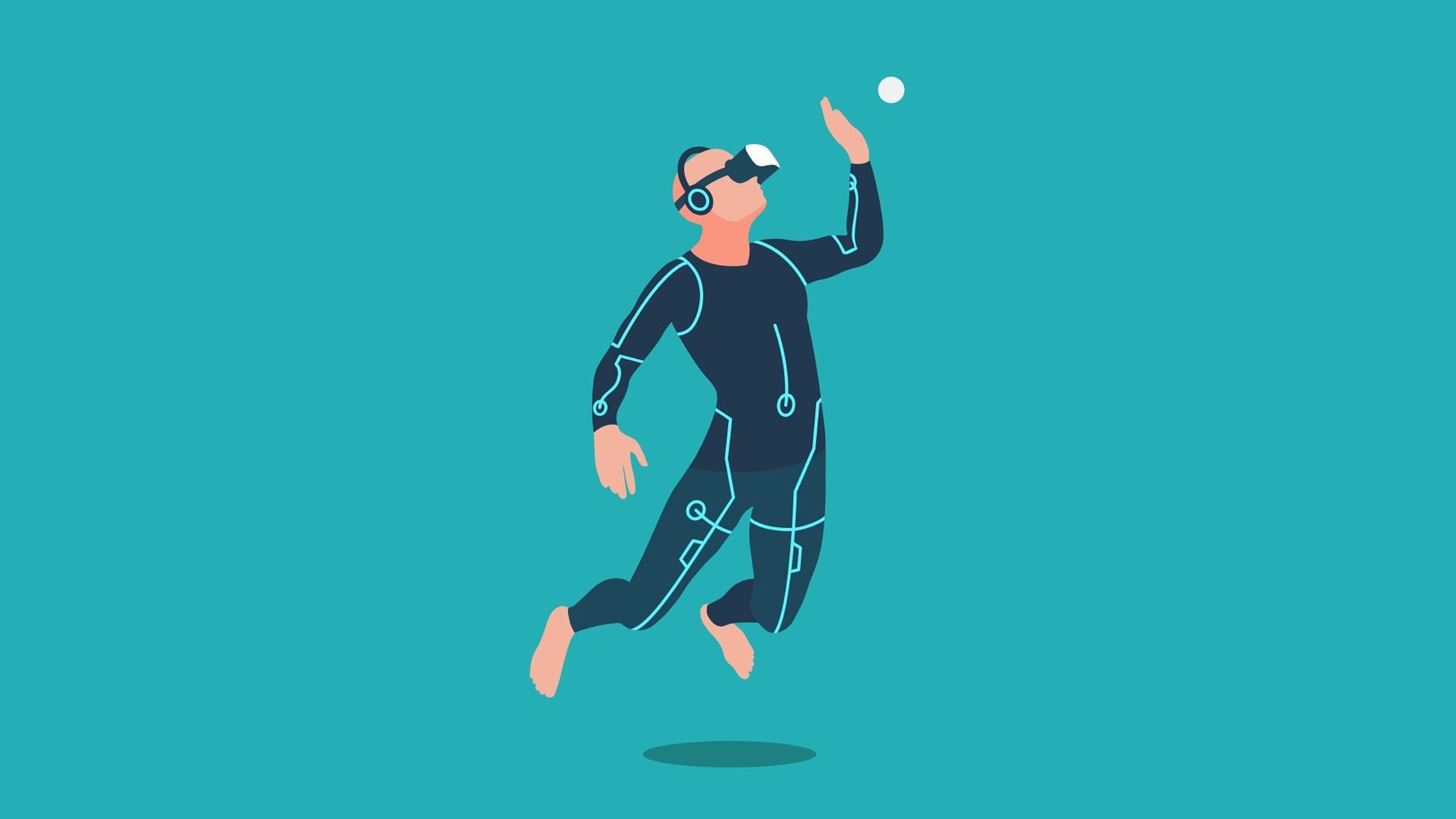
Room scale isn't a difficult concept to understand. It's the virtual sandbox you can play in safely. However, it's sometimes a bit harder to grasp why it matters so much when you haven't experienced the difference yourself. A few extra feet of movement may seem trivial when you've tethered your headset to a computer, but that range of motion offers significantly more options when interacting with a virtual environment. It's easier to reach out and touch something, turn around, bend down to pick up an object, and feel like a small part of your body is actually represented in the digital space.
Experientially-speaking, room scale represents the difference between peering into the virtual world and feeling like you're a part of it. It helps provide the latter, and it's far more enjoyable than sitting down and thinking about how to move. Room scale makes the technology far more human and intuitive, and it doesn't even work that well yet. A few years down the line, it'll just be the way virtual reality—or perhaps mixed virtual reality—works.
Just updated your iPhone? You'll find new emoji, enhanced security, podcast transcripts, Apple Cash virtual numbers, and other useful features. There are even new additions hidden within Safari. Find out what's new and changed on your iPhone with the iOS 17.4 update.
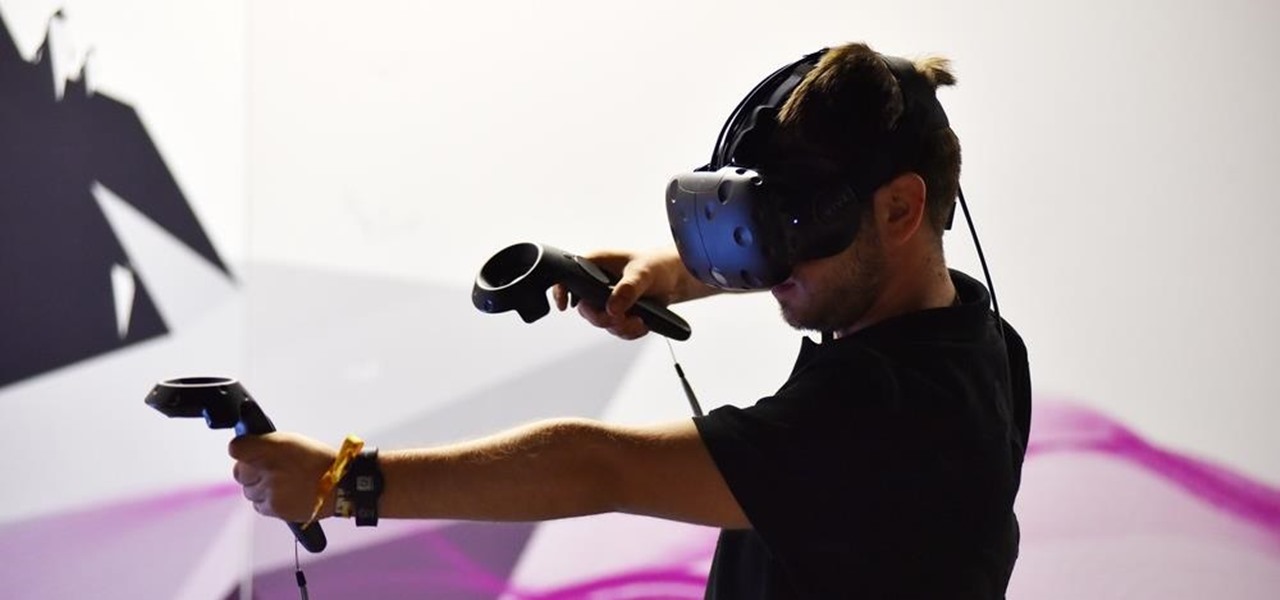


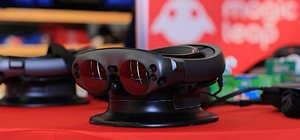



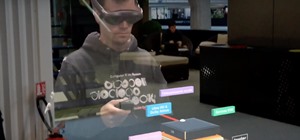









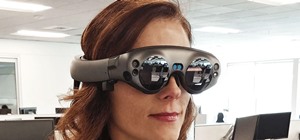
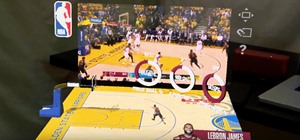



Be the First to Comment
Share Your Thoughts